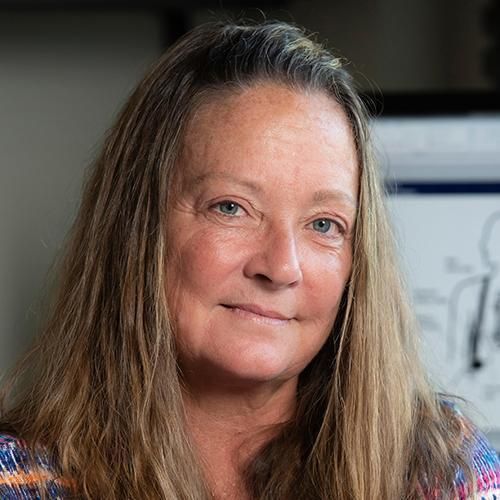Overview
Leslie M. Collins earned the BSEE degree from the University of Kentucky, and the MSEE, and PhD degrees from the University of Michigan, Ann Arbor. From 1986 through 1990 she was a Senior Engineer at Westinghouse Research and Development Center in Pittsburgh, PA. She joined Duke in 1995 as an Assistant Professor and was promoted to Associate Professor in 2002 and to Professor in 2007. Her research interests include physics-based statistical signal processing, subsurface sensing, auditory prostheses and pattern recognition. She is a member of the Tau Beta Pi, Sigma Xi, and Eta Kappa Nu honor societies. Dr. Collins has been a member of the team formed to transition MURI-developed algorithms and hardware to the Army HSTAMIDS and GSTAMIDS landmine detection systems. She has been the principal investigator on research projects from ARO, NVESD, SERDP, ESTCP, NSF, and NIH. Dr. Collins was the PI on the DoD UXO Cleanup Project of the Year in 2000. As of 2015, Dr. Collins has graduated 15 PhD students.
Current Appointments & Affiliations
Professor of Electrical and Computer Engineering
·
2007 - Present
Electrical and Computer Engineering,
Pratt School of Engineering
Professor in the Department of Head and Neck Surgery & Communication Sciences
·
2021 - Present
Head and Neck Surgery & Communication Sciences,
Clinical Science Departments
Professor of Biomedical Engineering
·
2024 - Present
Biomedical Engineering,
Pratt School of Engineering
Faculty Network Member of the Duke Institute for Brain Sciences
·
2011 - Present
Duke Institute for Brain Sciences,
University Institutes and Centers
Education, Training & Certifications
University of Michigan, Ann Arbor ·
1995
Ph.D.
University of Michigan, Ann Arbor ·
1986
M.Sc.Eng.
University of Kentucky ·
1985
B.S.E.

